Top Microsoft Build 2020 Announcements
We love it when a big tech conference rolls around with exciting new announcements. (See our write-ups on Microsoft Ignite and RSA!) This one, Microsoft Build 2020, is especially interesting because of our current situation. In the last two months, the COVID-19 pandemic has spurred as much digital transformation as we might otherwise expect in two years. The Build conference, which attracts web developers and software engineers, was hosted digitally this year on May 19-20. The digital format didn't stop hosts and participants from having fun---Microsoft CEO Satya Nadella's keynote speech featured lots of little "Easter egg" items hidden on the shelf behind him to bring viewers some smiles. Here are our favorite Microsoft Build 2020 announcements that might just make you smile too.
New Fluid Framework

One of the wildest announcements Microsoft made at the conference was something new called the Fluid Framework. This is a place for web Office documents that transcends particular apps or document types. These documents would be real-time, "living" data structures that can be updated very fast, anytime, by any collaborator. They could incorporate charts, graphs, spreadsheets---whatever elements are needed, without having to go to separate apps to make them.
It remains to be seen how such a massively collaborative framework will play out. But it's easy to imagine something like this becoming a great foundation for, say, COVID-19 tracking. We'll see Fluid appear in preview form in Office.com and Outlook first, then in Teams later this year. And Microsoft seems hopeful about working with third parties to make this a framework that goes beyond its own products. This means that Microsoft will be making the Fluid Framework open source to allow other developers to build on the framework without incurring any licensing costs.
Linux GUI Apps Coming to Windows 10
Windows 10 will soon have a full Linux kernel, which will support Linux graphical user interface apps to run alongside regular Windows apps. Previously, those wanting to run Linux GUI apps within Windows had to do so through a third party X server, and this resulted in poor graphics. With the Windows Subsystem for Linux (WSL) version 2 coming out by the end of this month, this won't be a problem anymore. In the next few months, Windows 10 will also get additional support for graphics processing unit (GPU) hardware acceleration. These improvements can be particularly helpful in developing machine learning and artificial intelligence.
Microsoft Cloud for Healthcare
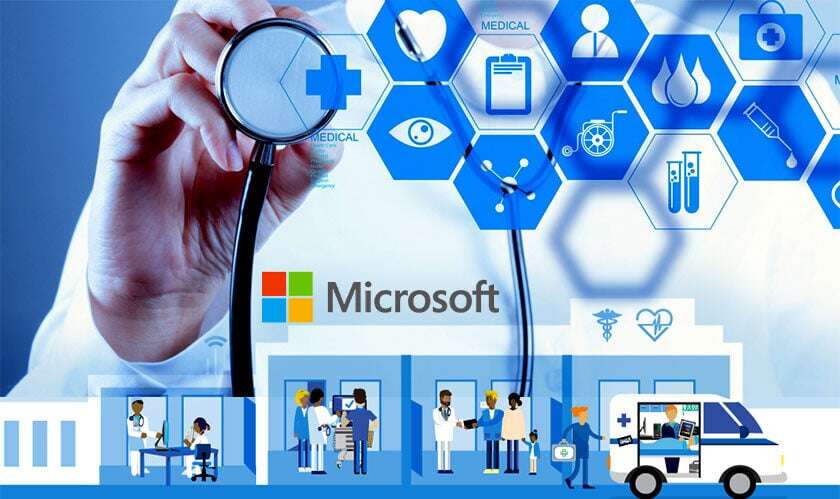
Microsoft plans to create several specific industry cloud sectors, and the vertical for Healthcare is appropriately its first priority among them. These industry clouds are designed for ease of collaboration, data analysis, and operations within a field. They'll integrate Microsoft Cloud solutions (such as Azure or Microsoft 365) with industry-specific data models and workflows. Some of the features of the Cloud for Healthcare will be built-in features in Microsoft 365 and Microsoft Teams aimed at helping healthcare workers, as well as a healthcare bot service to meet communication needs.
Updates in Azure Stack Hub
There are a few new updates in Azure Stack Hub, Microsoft's computing program for private or hybrid setups. Most notable among them is a new public preview of Azure-Arc-enabled Kubernetes. Under Azure Arc, customers can manage their Kubernetes clusters from a centralized Azure control plane across their data centers, multi-cloud configurations, and Azure Stack Hub. SUSE Linux Enterprise Server will also be supported as an Azure-Arc-enabled server.
Project Cortex

As previously planned, the knowledge management service called Project Cortex will be released in early summer 2020. Rather than a sphere of its own, Project Cortex will be a bubble-up feature within existing Microsoft applications. It's designed to gather information within an organization, sort it into "knowledge," and distribute it across the organization. When this launches, it will be a premium product not included in the basic service bundles.
5G support for HoloLens 2

Microsoft's augmented reality device HoloLens 2 now supports 5G or LTE via USB dongles, or wireless adaptors. This builds on their previous Wi-Fi connection. Software updates also provide easier remote setup as well as provisioning tools for companies deploying it to remote workers. The HoloLens 2 is geared toward business applications for now.
Secure Score API Generally Available
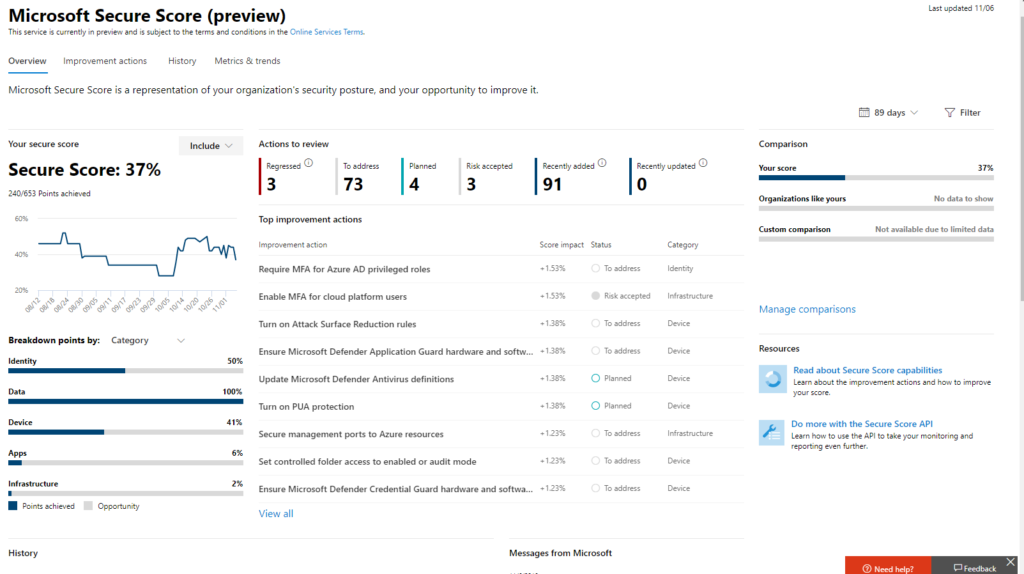
Secure Score, which is a main component of Azure Security Center’s security posture management, is now generally available. It's enhanced in preview too, with more simplified and effective risk assessment tools. In this enhanced version, security recommendations will be grouped into a set of security controls, with each one representing a particular attack surface and scored accordingly.
Azure Sentinel Multi-Workspace View
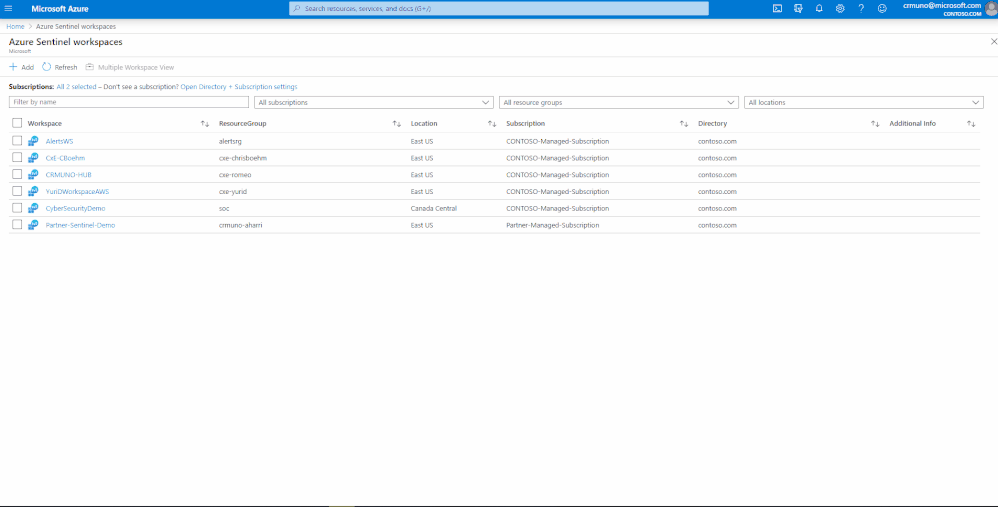
A new multi-workspace view is available in Azure Sentinel Workbooks for Managed Security Services Providers (MSSP). Also sometimes called multi-tenant, this is a feature that users have been requesting. This allows an administrator to view multiple workspaces in one consolidated screen. This comes in handy especially for those who want to view and compare different customer environments easily.
Microsoft Lists
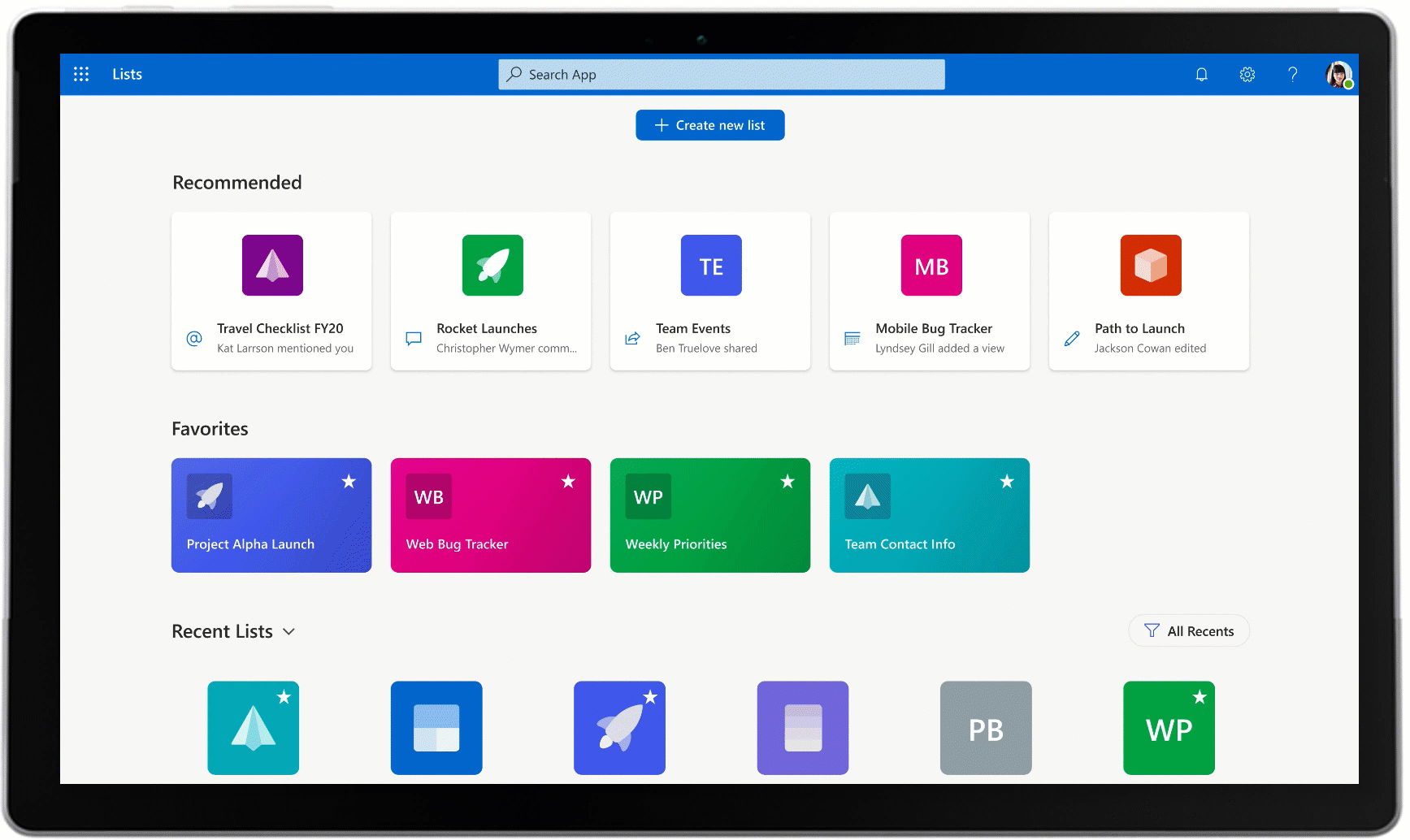
SharePoint lists have been available for over 15 years. Microsoft To-Do and Planner are more recent additions to the task-tracking tools that are available with Office 365. Now, with Microsoft Lists, the best features of all three of these tools are coming together with seamless PowerApps and Power BI integration. Enable your firstline workers to do more with the new Microsoft 365 F1 license, and track their progress with Microsoft Lists.
Closing Thoughts on Microsoft Build 2020 Announcements
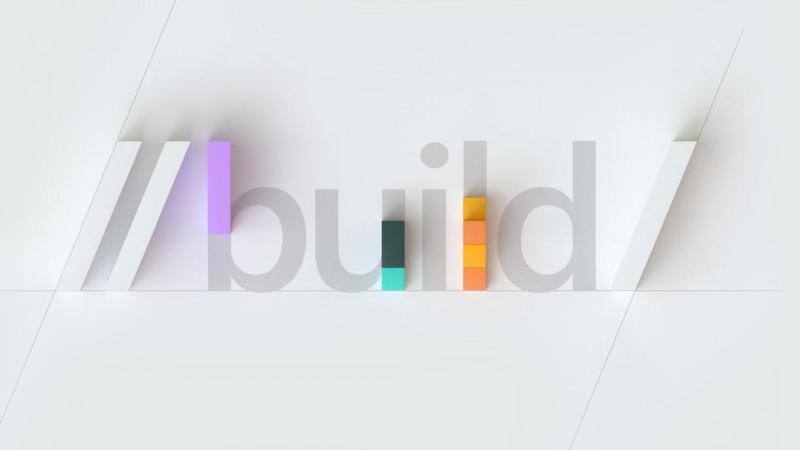
It's clear that Microsoft is responding to the current needs of life under the pandemic, and that makes these announcements all the more relevant and compelling. If your curiosity is sparked and you want to explore the Build conference further, you can still visit the conference website or the session catalog to view videos from the event, like this one on Azure for developers (and many others). Enjoy!
More Microsoft announcements this year:
-
If this already sounds like old news, check out the 2021 Build announcements.
Stay connected. Join the Infused Innovations email list!
Share this
You May Also Like
These Related Posts

Top 10 Announcements from Microsoft Ignite November 2021
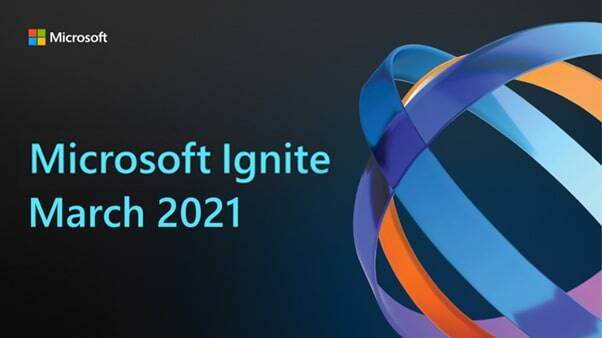
Top 10 Announcements from Microsoft Ignite 2021
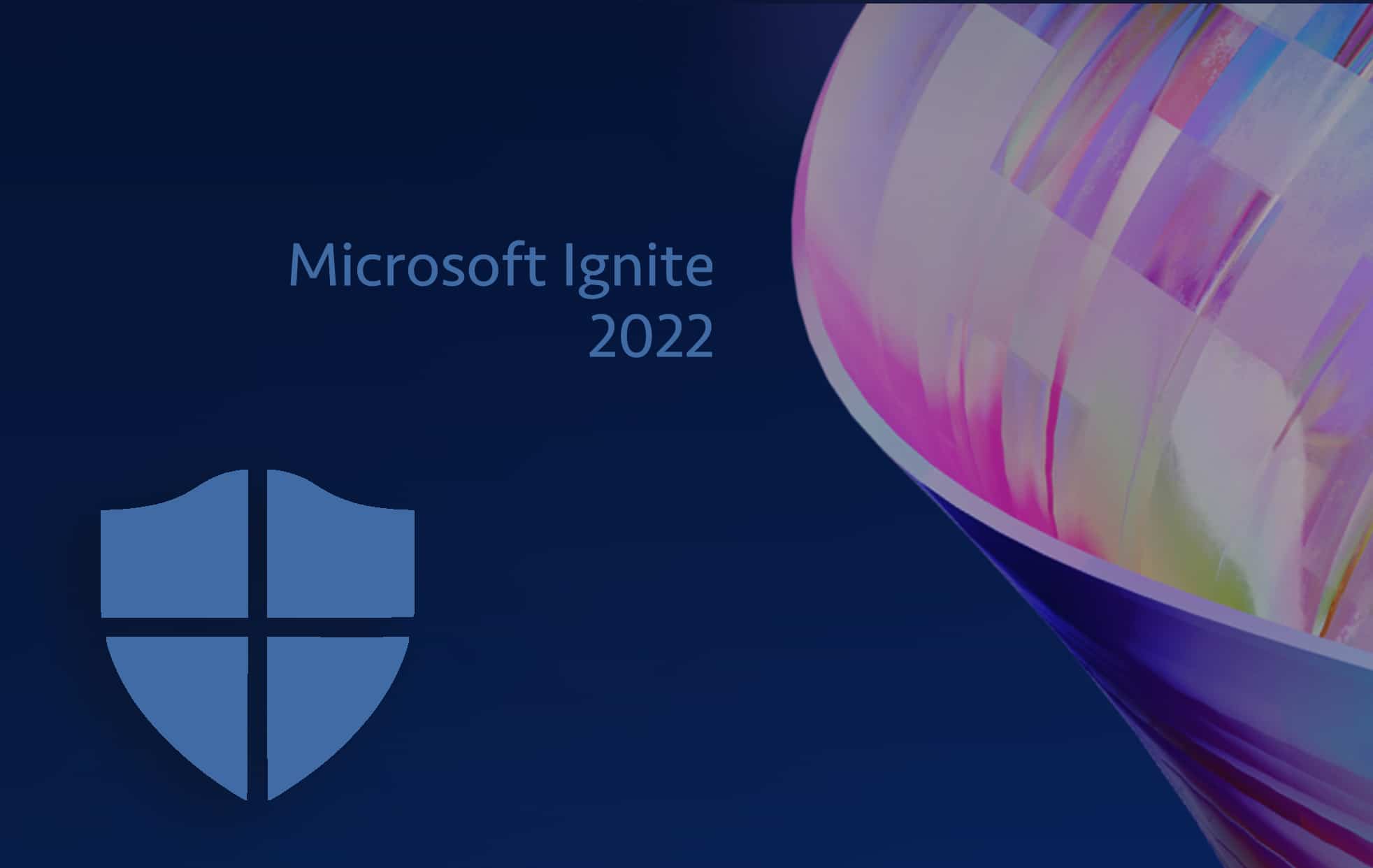
No Comments Yet
Let us know what you think